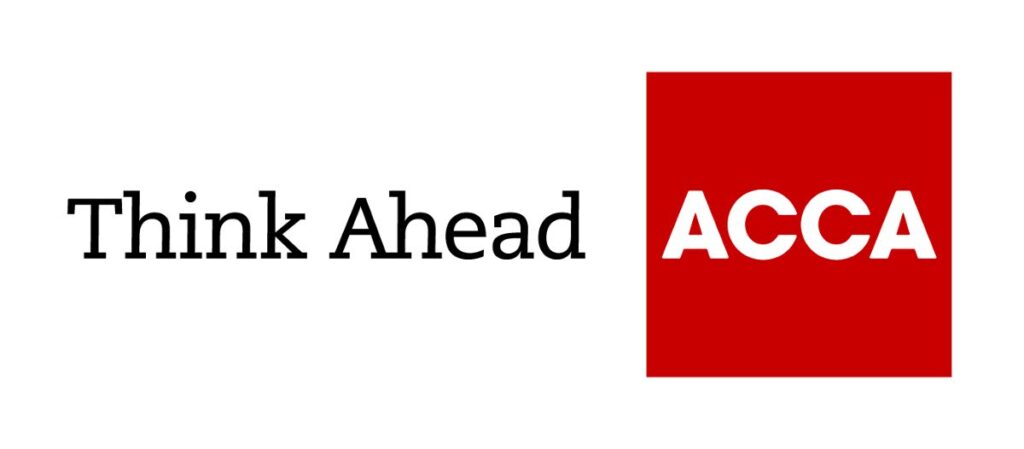Getting the idea across

Being able to tell a convincing story will help you win support for your project
Many organisations communicate new business proposals or strategic analysis using PowerPoint presentations.
These are far from optimal – both for the presenter, in getting their key points across, and the audience, which can find this format hard to engage with.
But communicating the narrative – telling the story – is vital in the decision-making process.
Complex business strategies and financial information need to be explained in a way that is clear and meaningful so that stakeholders understand the reasons behind the proposed idea, strategy, new product or investment case.
PowerPoint presentations and endless e-mail threads copying in numerous individuals and videocall meetings do not engender responsibility and accountability.
Best practice
Amazon got it right. It has used the narrative approach to great effect during its ongoing internal growth transformation and launch of new products and services.
The company places greater emphasis on the written word to develop and communicate ideas than most companies. At its internal meetings at a strategic level, presenters are told to avoid PowerPoint and to stick to a six-page narrative.
This sort of direction has to be implemented from the top down to ensure it is accepted throughout the organisation. Leadership should not just propose an idea but also supply the tools to support its implementation. There is no single correct tool – but a method must definitely be put forward.

One of the most practical frameworks is the suitability, feasibility and acceptability (SFA) approach for strategic decision-making. It can support the user in formulating a variety of real-world decisions – from launching new projects and making venture investments to implementing new systems.
Ideal framework
The widely used SFA approach is a holistic framework that emphasises the importance of analysis in the decision-making process.
The analysis consists of a few pages of narrative, starting with introducing the business case in one or two paragraphs, followed by a narration split into four sections (suitability, feasibility, acceptability and a conclusion). This helps the narrator to link back to the main idea throughout the document, outlining solutions and the expected outcomes in alignment with the company’s strategic direction.
Suitability
Suitability is concerned with whether the strategy or decision addresses the circumstances in which the company is operating.
A compelling narrative articulates the idea, and how it is or is not aligned with the company’s strategy, paints a vivid picture of the potential solution and creates a direct link between the two. In creating this, the narrator has to learn and understand the organisation’s strategy.
Some questions must be asked in order to test the suitability, including:
– Does the strategy use the company’s strengths and market opportunities?
– Does it align with the company’s goals?
– Are we achieving higher efficiency or effectiveness?
Feasibility
Feasibility refers to the practicality of implementing the strategy – is it achievable with the resources available? A strategic option is feasible if:
– The company has sufficient financial resources to fund and sustain it.
– It possesses or can acquire the necessary skills, knowledge and experience to execute it.
– The company is prepared to respond effectively to any reactions or countermoves by competitors.
– There is adequate time available to implement the strategy and realise the intended outcomes.
– The interconnection of facts and analysis supports clear and accountable decision-making.
Acceptability
Acceptability relates to whether the strategy meets the expectations of stakeholders. This will require the company to have carried out stakeholder and strengths, weaknesses, opportunities and threats (SWOT) analysis.
The proposed strategy is acceptable if:
– The potential reward outweighs the risk if the strategy fails.
– It helps the company to meet its financial objectives.
– It doesn’t adversely affect connected stakeholders.
Conclusion
It is in this section that the S, F and A are synthesised to present a coherent summary of the proposed strategy. And this is where ownership truly materialises.
This sense of ownership is not just symbolic; it has tangible implications, as the owner(s) will finally retest and logically propose why the decision is aligned with the business strategy.
Writing the proposal using this method is an iterative process, with the team writing a first draft, reviewing it multiple times, and making changes over and over.
In doing so, they come to better understand their proposal and how it aligns with strategy.
But, most importantly, the decision-makers will be able to follow and understand the proposed idea more easily and see the interconnection of facts and analysis that supports clear and accountable decision-making.


Comments
"Getting the idea across"